Understanding Fidelity’s U.S. Large Cap Equity Strategy SMA
Introduction
Fidelity’s U.S. Large Cap Equity Strategy SMA offers investors a tailored approach to portfolio management, combining active stock selection with diversification across large-cap equities. Separately managed accounts (SMAs) provide customization, allowing investors to align their holdings with specific financial goals. Fidelity’s strategy integrates value, growth, and core equity styles, leveraging in-depth research and market insights to optimize returns while mitigating risks.
Investment Philosophy and Strategy
Fidelity’s U.S. Large Cap Equity Strategy SMA employs active management to identify high-quality stocks with strong growth potential. Unlike passive investing, which tracks market indices, Fidelity’s approach involves in-depth research and stock selection to outperform benchmarks such as the S&P 500. This strategy leverages proprietary tools and direct engagement with corporate leaders to assess financial stability and growth prospects. Stock selection within Fidelity’s large-cap equity SMA is driven by a blend of value, growth, and core equity styles. The firm evaluates companies based on earnings consistency, competitive positioning, and sector dynamics. Large-cap stocks such as Microsoft MSFT and Johnson & Johnson JNJ are often included due to their strong fundamentals and market leadership.
Diversification and risk mitigation are central to Fidelity’s large-cap equity strategy. By allocating investments across multiple sectors, the firm reduces exposure to market volatility and economic downturns. Defensive industries such as healthcare and consumer staples provide stability, while technology and financial stocks offer growth potential. Fidelity also employs tax-efficient investing techniques, including tax-loss harvesting, to enhance portfolio returns.
Sources:
Fidelity U.S. Large Cap Equity Strategy
Portfolio Management Process - Fidelity Investments
Investment Philosophy and Strategy Fidelity U.S. Large Cap Equity Strategy SMA
Performance and Historical Trends
Fidelity’s U.S. Large Cap Equity Strategy SMA has demonstrated strong performance over multiple market cycles, leveraging active management to deliver competitive returns. The strategy aims to outperform benchmark indices such as the S&P 500 by selecting high-quality stocks with strong growth potential. Historical data indicates that Fidelity’s large-cap equity portfolio has consistently generated long-term capital appreciation, making it a preferred choice for investors seeking stability and growth. A comparison with benchmark indices highlights Fidelity’s ability to navigate market fluctuations while maintaining steady returns. The strategy blends different investment approaches, diversifying across U.S. large-cap equity styles such as value, core, and growth.
This diversified approach seeks to deliver greater returns than the S&P 500 over a full market cycle, benefiting from strategic stock selection and sector allocation. Key performance metrics, including annualized returns, volatility measures, and dividend yields, provide insights into Fidelity’s large-cap equity investing approach. The fund’s ability to sustain positive returns during economic downturns underscores its resilience.
Sector Allocation and Stock Selection
Fidelity’s U.S. Large Cap Equity Strategy SMA maintains a diversified sector allocation, focusing on technology, healthcare, and financial stocks. The technology sector remains a key driver of growth, with companies like Microsoft MSFT and Nvidia NVDA benefiting from advancements in artificial intelligence and cloud computing. Healthcare stocks, including Johnson & Johnson JNJ, provide stability through consistent revenue streams and innovation in pharmaceuticals. Financial sector holdings, such as JPMorgan Chase JPM, offer exposure to banking and investment services, adapting to interest rate fluctuations and economic trends.
The firm evaluates companies based on earnings potential, competitive positioning, and sector trends. Stocks with strong fundamentals and long-term expansion prospects are prioritized, ensuring a diversified portfolio that balances risk and reward. Portfolio adjustments based on market conditions allow Fidelity to navigate economic shifts and sector-specific developments. The firm strategically reallocates assets to capitalize on emerging trends, reducing exposure to underperforming industries while enhancing positions in high-growth sectors.
Sources:
Fidelity U.S. Large Cap Equity Strategy
Fidelity Advisor Separately Managed Accounts
Fidelity U.S. Large Cap Strategy Overview
Tax Efficiency and Cost Considerations
Expense ratios and management fees play a crucial role in Fidelity’s U.S. Large Cap Equity Strategy SMA, influencing overall investment costs. Fidelity employs a competitive fee structure, ensuring investors benefit from active management without excessive costs. Compared to passive index funds, actively managed large-cap strategies may have slightly higher expense ratios, but they offer the advantage of strategic stock selection and portfolio adjustments. Tax-loss harvesting and other tax-efficient investing techniques help Fidelity optimize returns while minimizing tax liabilities. By strategically selling underperforming stocks, Fidelity offsets capital gains, reducing taxable income for investors.
Additionally, Fidelity incorporates tax-efficient fund structures, ensuring minimal turnover and lower capital gains distributions. Fidelity optimizes returns while minimizing costs through diversified portfolio management and sector allocation. By balancing growth and value stocks, Fidelity reduces volatility and enhances long-term performance. The firm also leverages proprietary research and active stock selection to identify undervalued opportunities, ensuring investors benefit from market trends.
Risks and Market Volatility
Economic downturns can significantly impact large-cap stocks, affecting corporate earnings and investor sentiment. During recessions, companies with strong balance sheets and diversified revenue streams tend to perform better than those reliant on cyclical industries. Fidelity’s U.S. Large Cap Equity Strategy SMA prioritizes stability by selecting stocks with resilient financials and defensive sector exposure. Interest rate policies and inflation concerns play a crucial role in shaping large-cap stock performance. The Federal Reserve’s stance on interest rates influences borrowing costs, corporate profitability, and overall market liquidity.
Fidelity actively manages its portfolio to mitigate inflation risks, focusing on companies with pricing power and strong cash flow generation.
Strategies Fidelity employs to navigate market fluctuations include diversification, sector rotation, and defensive stock selection. By maintaining a balanced portfolio across multiple industries, Fidelity reduces exposure to volatility while capitalizing on growth opportunities. The firm also leverages tax-efficient investing techniques and active management to optimize returns.
Future Outlook and Investment Considerations
Expected trends in large-cap stock investing indicate continued emphasis on stability and sector leadership. Investors are likely to favor large-cap stocks for their ability to generate consistent returns, particularly in industries such as technology and healthcare. As artificial intelligence and clean energy drive innovation, large-cap firms positioned in these sectors may experience sustained growth. Fidelity’s U.S. Large Cap Equity Strategy SMA is expected to adapt to these trends by refining stock selection and sector allocations.
Emerging market forces are shaping Fidelity’s large-cap equity strategy, influencing fund allocations and investor preferences.
Companies adapting to digital finance, automation, and sustainability initiatives are expected to see increased valuations. Additionally, geopolitical developments and regulatory shifts will play a role in shaping investment strategies for large-cap stocks. The Federal Reserve’s monetary decisions will impact investor sentiment, affecting stock valuations and sector performance. Large-cap stocks with exposure to defensive industries, such as consumer staples and healthcare, may provide stability during economic uncertainty.
Sources:
Fidelity U.S. Large Cap Equity Strategy
Fidelity Large Cap Stock Fund
Future Outlook and Investment Considerations
Conclusion
Fidelity’s U.S. Large Cap Equity Strategy SMA offers investors a structured approach to portfolio management, balancing growth potential with risk mitigation. By leveraging active stock selection, sector diversification, and tax-efficient investing techniques, Fidelity ensures long-term capital appreciation while adapting to market fluctuations. Investors seeking exposure to large-cap equities should consider macroeconomic trends and sector shifts to optimize their investment strategy.
Expert Analysis
Fidelity’s U.S. Large Cap Equity Strategy SMA offers investors a tailored approach to portfolio management, balancing growth and stability. The strategy’s active management ensures adaptability to market shifts, making it a strong choice for those seeking long-term capital appreciation. Investors should assess sector allocations and macroeconomic trends to optimize their exposure to large-cap equities.
📌Read More About:
Top Large Cap Stocks- https://stockbossup.com/pages/topics/large-cap
What Are Large US Cap Stocks?- https://stockbossup.com/pages/post/39045/understanding-large-us-cap-stocks-and-their-market-influence
Fidelity U.S. Large Cap Strategy- https://stockbossup.com/pages/post/39137/fidelity-u-s-large-cap-strategy-investment-approach-benefits-and-market-outlook
Is Fidelity Large Cap Growth Index Fund Good?- https://stockbossup.com/pages/post/39138/fidelity-large-cap-growth-index-fund-performance-risks-and-investment-potential
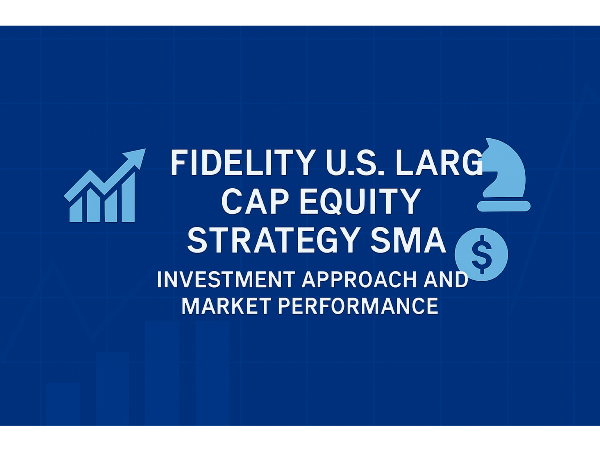


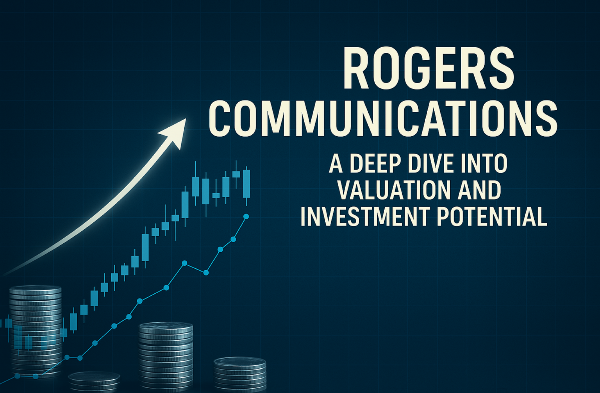
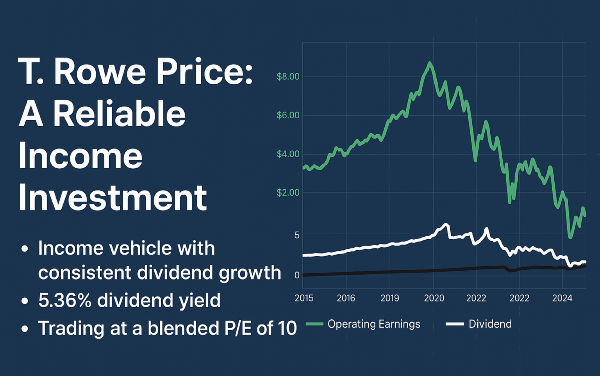
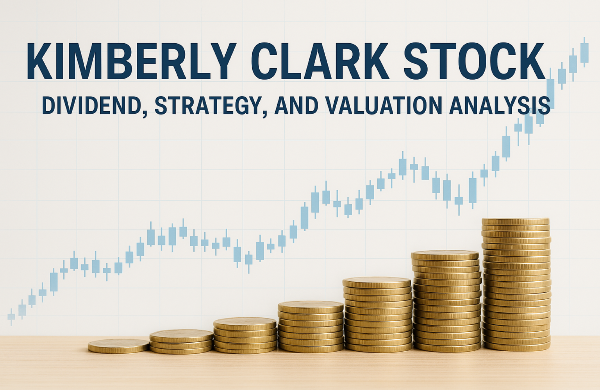




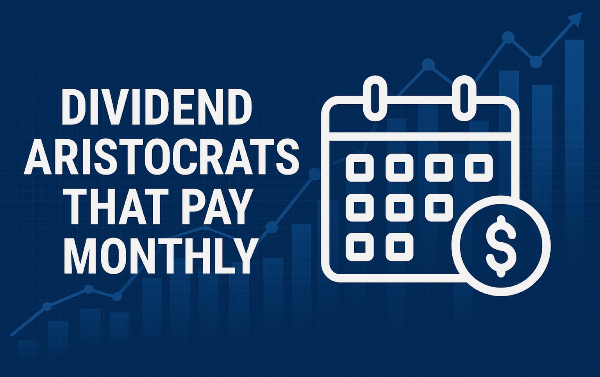

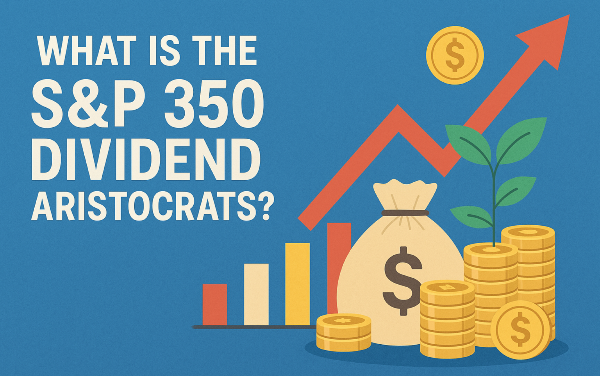




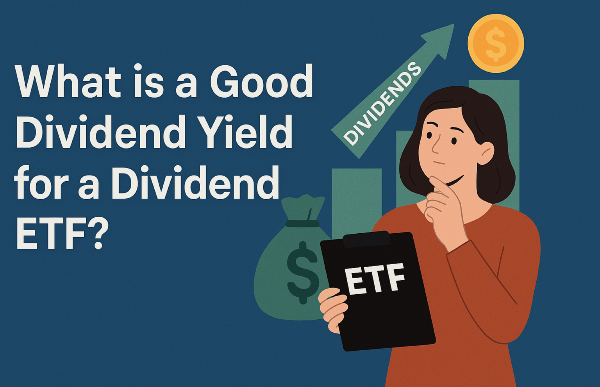
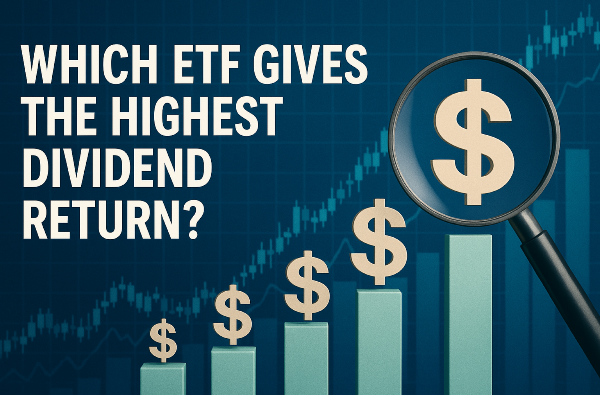
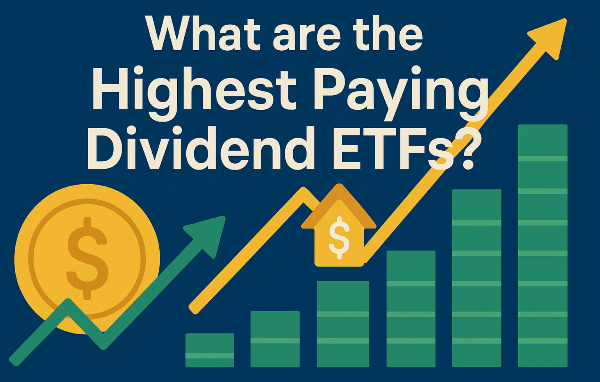
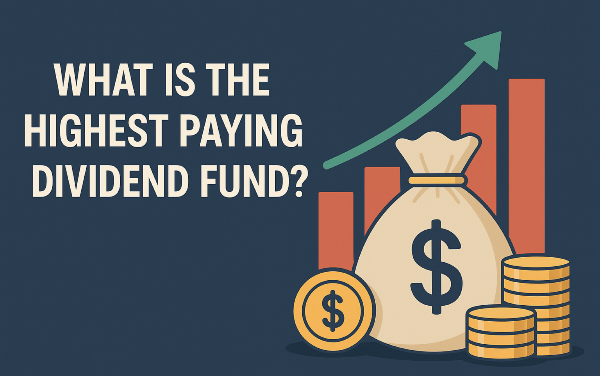
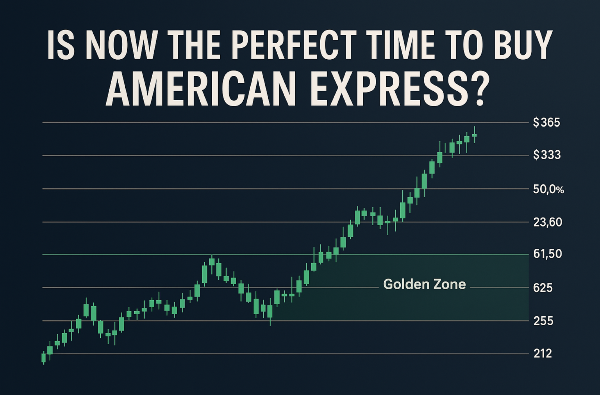








Understanding Fidelity’s U.S. Large Cap Equity Strategy SMA
Introduction
Fidelity’s U.S. Large Cap Equity Strategy SMA offers investors a tailored approach to portfolio management, combining active stock selection with diversification across large-cap equities. Separately managed accounts (SMAs) provide customization, allowing investors to align their holdings with specific financial goals. Fidelity’s strategy integrates value, growth, and core equity styles, leveraging in-depth research and market insights to optimize returns while mitigating risks.
Investment Philosophy and Strategy
Fidelity’s U.S. Large Cap Equity Strategy SMA employs active management to identify high-quality stocks with strong growth potential. Unlike passive investing, which tracks market indices, Fidelity’s approach involves in-depth research and stock selection to outperform benchmarks such as the S&P 500. This strategy leverages proprietary tools and direct engagement with corporate leaders to assess financial stability and growth prospects. Stock selection within Fidelity’s large-cap equity SMA is driven by a blend of value, growth, and core equity styles. The firm evaluates companies based on earnings consistency, competitive positioning, and sector dynamics. Large-cap stocks such as Microsoft MSFT and Johnson & Johnson JNJ are often included due to their strong fundamentals and market leadership.
Diversification and risk mitigation are central to Fidelity’s large-cap equity strategy. By allocating investments across multiple sectors, the firm reduces exposure to market volatility and economic downturns. Defensive industries such as healthcare and consumer staples provide stability, while technology and financial stocks offer growth potential. Fidelity also employs tax-efficient investing techniques, including tax-loss harvesting, to enhance portfolio returns.
Sources:
Fidelity U.S. Large Cap Equity Strategy
Portfolio Management Process - Fidelity Investments
Investment Philosophy and Strategy Fidelity U.S. Large Cap Equity Strategy SMA
Performance and Historical Trends
Fidelity’s U.S. Large Cap Equity Strategy SMA has demonstrated strong performance over multiple market cycles, leveraging active management to deliver competitive returns. The strategy aims to outperform benchmark indices such as the S&P 500 by selecting high-quality stocks with strong growth potential. Historical data indicates that Fidelity’s large-cap equity portfolio has consistently generated long-term capital appreciation, making it a preferred choice for investors seeking stability and growth. A comparison with benchmark indices highlights Fidelity’s ability to navigate market fluctuations while maintaining steady returns. The strategy blends different investment approaches, diversifying across U.S. large-cap equity styles such as value, core, and growth.
This diversified approach seeks to deliver greater returns than the S&P 500 over a full market cycle, benefiting from strategic stock selection and sector allocation. Key performance metrics, including annualized returns, volatility measures, and dividend yields, provide insights into Fidelity’s large-cap equity investing approach. The fund’s ability to sustain positive returns during economic downturns underscores its resilience.
Sector Allocation and Stock Selection
Fidelity’s U.S. Large Cap Equity Strategy SMA maintains a diversified sector allocation, focusing on technology, healthcare, and financial stocks. The technology sector remains a key driver of growth, with companies like Microsoft MSFT and Nvidia NVDA benefiting from advancements in artificial intelligence and cloud computing. Healthcare stocks, including Johnson & Johnson JNJ, provide stability through consistent revenue streams and innovation in pharmaceuticals. Financial sector holdings, such as JPMorgan Chase JPM, offer exposure to banking and investment services, adapting to interest rate fluctuations and economic trends.
The firm evaluates companies based on earnings potential, competitive positioning, and sector trends. Stocks with strong fundamentals and long-term expansion prospects are prioritized, ensuring a diversified portfolio that balances risk and reward. Portfolio adjustments based on market conditions allow Fidelity to navigate economic shifts and sector-specific developments. The firm strategically reallocates assets to capitalize on emerging trends, reducing exposure to underperforming industries while enhancing positions in high-growth sectors.
Sources:
Fidelity U.S. Large Cap Equity Strategy
Fidelity Advisor Separately Managed Accounts
Fidelity U.S. Large Cap Strategy Overview
Tax Efficiency and Cost Considerations
Expense ratios and management fees play a crucial role in Fidelity’s U.S. Large Cap Equity Strategy SMA, influencing overall investment costs. Fidelity employs a competitive fee structure, ensuring investors benefit from active management without excessive costs. Compared to passive index funds, actively managed large-cap strategies may have slightly higher expense ratios, but they offer the advantage of strategic stock selection and portfolio adjustments. Tax-loss harvesting and other tax-efficient investing techniques help Fidelity optimize returns while minimizing tax liabilities. By strategically selling underperforming stocks, Fidelity offsets capital gains, reducing taxable income for investors.
Additionally, Fidelity incorporates tax-efficient fund structures, ensuring minimal turnover and lower capital gains distributions. Fidelity optimizes returns while minimizing costs through diversified portfolio management and sector allocation. By balancing growth and value stocks, Fidelity reduces volatility and enhances long-term performance. The firm also leverages proprietary research and active stock selection to identify undervalued opportunities, ensuring investors benefit from market trends.
Risks and Market Volatility
Economic downturns can significantly impact large-cap stocks, affecting corporate earnings and investor sentiment. During recessions, companies with strong balance sheets and diversified revenue streams tend to perform better than those reliant on cyclical industries. Fidelity’s U.S. Large Cap Equity Strategy SMA prioritizes stability by selecting stocks with resilient financials and defensive sector exposure. Interest rate policies and inflation concerns play a crucial role in shaping large-cap stock performance. The Federal Reserve’s stance on interest rates influences borrowing costs, corporate profitability, and overall market liquidity. Fidelity actively manages its portfolio to mitigate inflation risks, focusing on companies with pricing power and strong cash flow generation.
Strategies Fidelity employs to navigate market fluctuations include diversification, sector rotation, and defensive stock selection. By maintaining a balanced portfolio across multiple industries, Fidelity reduces exposure to volatility while capitalizing on growth opportunities. The firm also leverages tax-efficient investing techniques and active management to optimize returns.
Future Outlook and Investment Considerations
Expected trends in large-cap stock investing indicate continued emphasis on stability and sector leadership. Investors are likely to favor large-cap stocks for their ability to generate consistent returns, particularly in industries such as technology and healthcare. As artificial intelligence and clean energy drive innovation, large-cap firms positioned in these sectors may experience sustained growth. Fidelity’s U.S. Large Cap Equity Strategy SMA is expected to adapt to these trends by refining stock selection and sector allocations.
Emerging market forces are shaping Fidelity’s large-cap equity strategy, influencing fund allocations and investor preferences.
Companies adapting to digital finance, automation, and sustainability initiatives are expected to see increased valuations. Additionally, geopolitical developments and regulatory shifts will play a role in shaping investment strategies for large-cap stocks. The Federal Reserve’s monetary decisions will impact investor sentiment, affecting stock valuations and sector performance. Large-cap stocks with exposure to defensive industries, such as consumer staples and healthcare, may provide stability during economic uncertainty.
Sources:
Fidelity U.S. Large Cap Equity Strategy
Fidelity Large Cap Stock Fund
Future Outlook and Investment Considerations
Conclusion
Fidelity’s U.S. Large Cap Equity Strategy SMA offers investors a structured approach to portfolio management, balancing growth potential with risk mitigation. By leveraging active stock selection, sector diversification, and tax-efficient investing techniques, Fidelity ensures long-term capital appreciation while adapting to market fluctuations. Investors seeking exposure to large-cap equities should consider macroeconomic trends and sector shifts to optimize their investment strategy.
Expert Analysis
Fidelity’s U.S. Large Cap Equity Strategy SMA offers investors a tailored approach to portfolio management, balancing growth and stability. The strategy’s active management ensures adaptability to market shifts, making it a strong choice for those seeking long-term capital appreciation. Investors should assess sector allocations and macroeconomic trends to optimize their exposure to large-cap equities.
📌Read More About:
Top Large Cap Stocks- https://stockbossup.com/pages/topics/large-cap
What Are Large US Cap Stocks?- https://stockbossup.com/pages/post/39045/understanding-large-us-cap-stocks-and-their-market-influence
Fidelity U.S. Large Cap Strategy- https://stockbossup.com/pages/post/39137/fidelity-u-s-large-cap-strategy-investment-approach-benefits-and-market-outlook
Is Fidelity Large Cap Growth Index Fund Good?- https://stockbossup.com/pages/post/39138/fidelity-large-cap-growth-index-fund-performance-risks-and-investment-potential